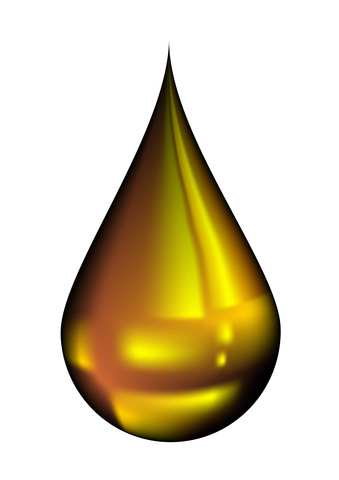Over the past decade, the consumer automotive finished lubes value chain has become a hotbed of merger and acquisition (M&A) activity.
The most active areas of M&A activity in the lubes industry, in terms of number of deals, has been among distributors. Over the past 20 years, some 70 mergers or acquisitions have been closed by the following five leading distributors: PetroChoice, RelaDyne, Pilot Thomas Logistics, Brenntag, and Flyers Energy.
There are several forces leading to lube distributor consolidation. Lube distributors are often family-owned. Estate planning and succession can present issues as the next generation of the family decides whether or not to continue operating the business or to divest to either a strategic or financial buyer.
The general growth in SKUs within the industry, has been impacting physical inventory and working capital needs, and the proliferation of more powerful IT and management systems, allowing distributors to achieve greater efficiencies in inventory management, logistics, pricing and margin management, and cash flows.
A third dynamic in the lubes distribution sector has been the entry of financial players. For instance, Ridgmont Equity recently flipped J.A.M. Distributing Company after three years of ownership, but other PE players have also taken positions in this sector, such as Golden Gate Capital’s recent acquisition of PetroChoice from Greenbriar Equity in late 2015 and AEA Investors’ continuing ownership of RelaDyne since 2010.
Lastly, changes in industry fundamentals impacting raw material and finished lube pricing, particularly in the past four years, have been a significant catalyst for the M&A activity among lubricant distributors, as sellers seek to capitalize on enhanced margins produced by falling oil prices.
From 2011 through 2015, a considerable gap opened up for finished lubricant blenders and distributors, as feedstocks dropped by 62% during this period while lube prices only dropped by 12%. This high tide of lube prices and low-tide of raw material costs likely resulted in improved financials for distributors and provided an attractive environment for the flurry of acquisitions over the past five years.
The question to ask here is, “Will the high level of M&A activity in lubes distribution continue?”
The answer to this question and full analysis was written for ILMA and published in May 2016.
Request a full copy of the article HERE.

